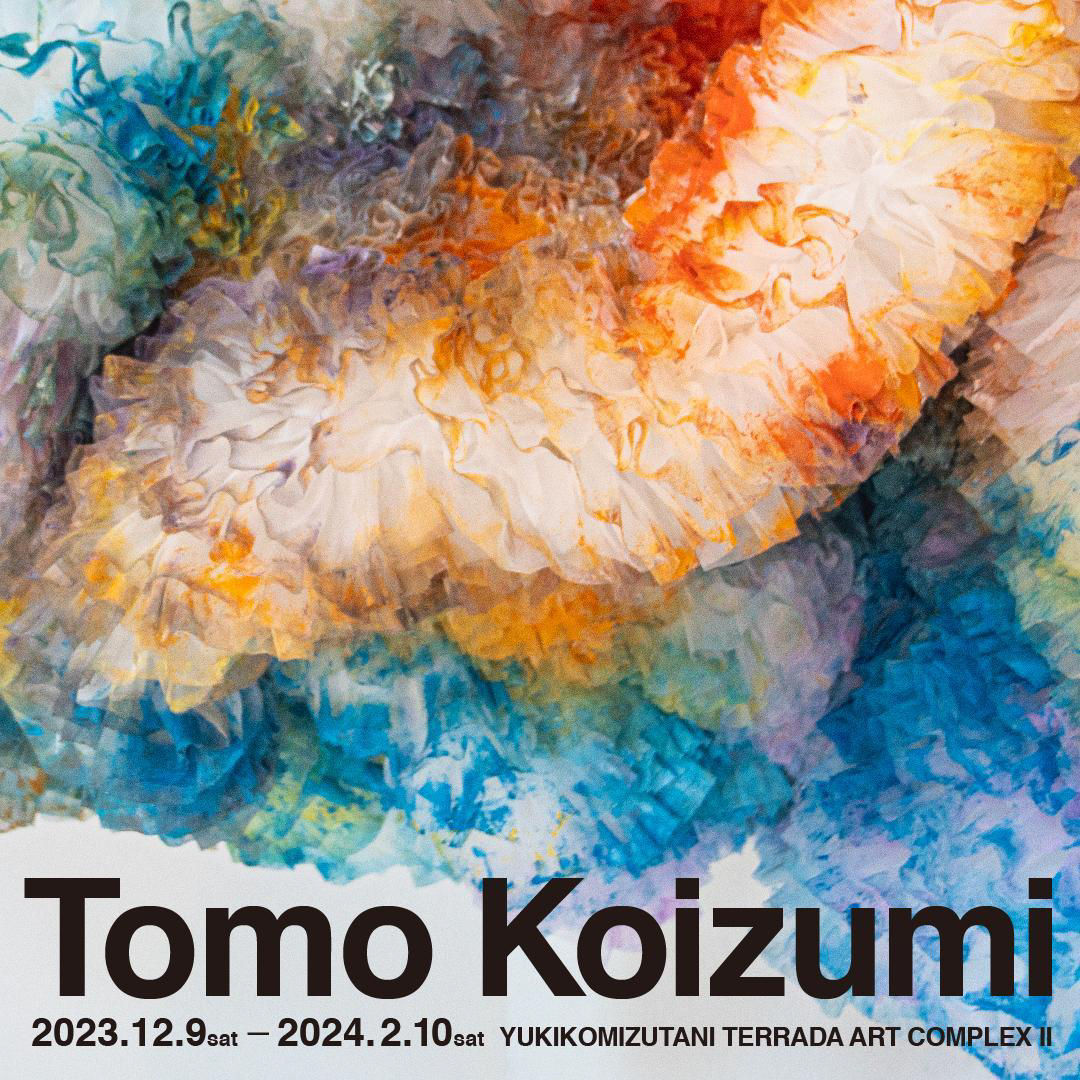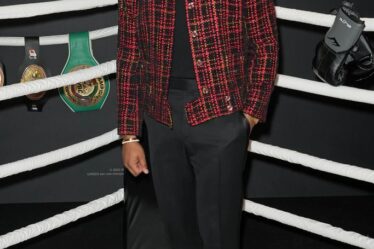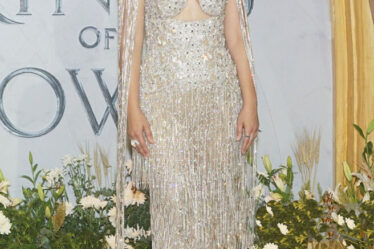
In many ways, fashion designer Tomo Koizumi’s works are the perfect representation of the city he calls home. Bold, outsized and colourful, they seem to subconsciously reflect Tokyo’s vibrant energy and ever-changing landscape. And yet, they are completely different from anything else being produced by his Japanese contemporaries at the moment.
“I want to do things that no one else is doing, but also I make what I’m good at, which happens to be different than what other designers make. I like to do things in my own style, and I think using colour is my strength,” Koizumi said in an interview at the Tokyo gallery that is currently showing an exhibit of his work.
Koizumi started his brand while still a student at Chiba University, where he was studying fine art, but he has been making clothing since he was in junior high school.
“I read books and taught myself how to sew that way,” Koizumi said. “I was always interested in both art and fashion, but when it came time for me to attend university I wanted to explore a wider variety of things that I couldn’t easily learn on my own from books.”
While he has been making his frothy, colourful frocks for decades, it was only last year that Koizumi finally merged his love of creating fashion with his love of art. After seeing a special about him and his work on NHK, the Japan national broadcasting channel, gallery owner Yukiko Mizutani reached out to Koizumi and asked if he would be interested in showing his works at her gallery in Tokyo’s TERRADA ART COMPLEX II.
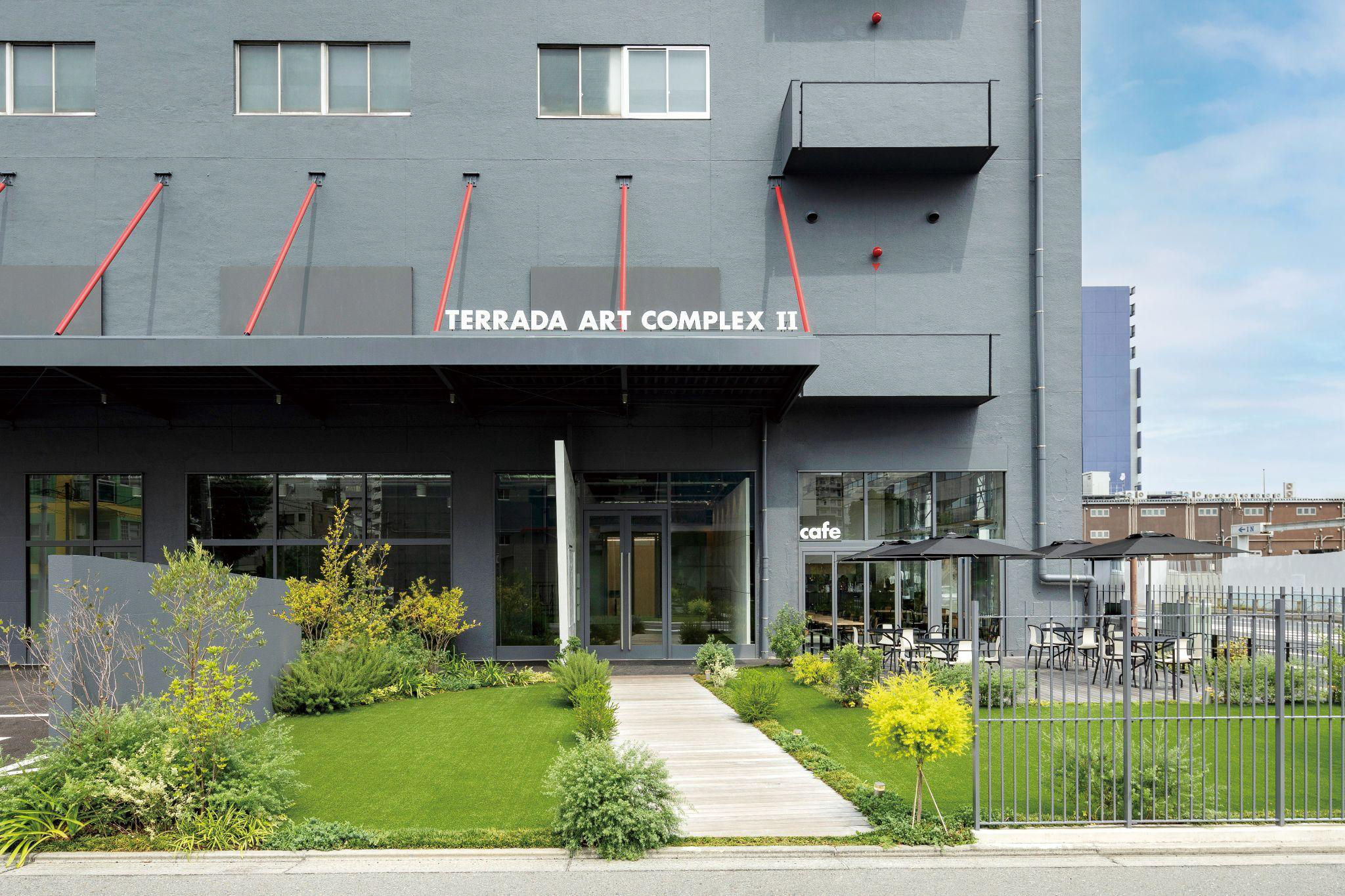
“I really like oil painting, so I started working with this medium, but the results never really excited me,” Koizumi said. “Then Mizutani-san let me use another gallery space that she has in order to create my pieces, and so I had the idea to do large fabric works since I now had the space to make them. I started with brushes, but it was difficult to get the paint to stick to the fabric in the way that I wanted, so in the end I did most of the painting with my own hands.”
To launch the exhibition, Koizumi held an intimate event in which he took the large fabric panels from the gallery walls where they hung and draped them over the shoulders of models, driving home the notion that his art pieces are inextricably intertwined with his work as a fashion designer. In the exhibit, the works are also displayed in various ways: some hang flat against the walls, while others dangle bunched up from wires suspended from the ceiling.
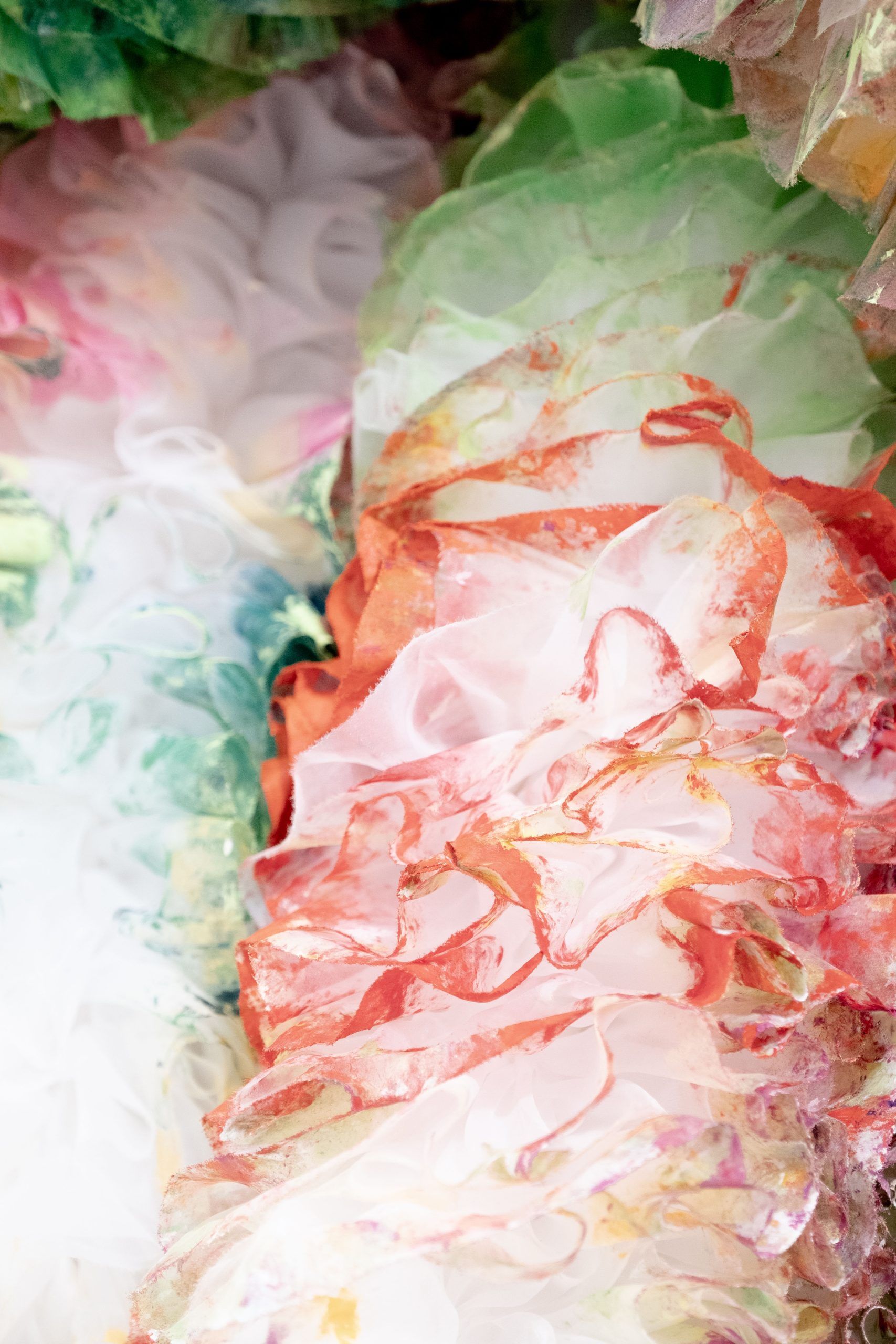
“Since I also work as a fashion designer, I wanted to show the softness and the movement of the pieces – the way that they can look completely different depending on how they are displayed. I painted them first before deciding how to hang each one, and so the mood can change if they’re hung differently,” the artist said.
From the start, Koizumi has approached his work in unconventional ways. While his name is now known worldwide among fashion insiders – thanks to high-profile fashion shows supported by Marc Jacobs and Dolce & Gabbana, as well as collaborations with Emilio Pucci and Sacai – his pieces are notoriously and intentionally difficult to purchase.
“I think for me, it’s better to only make enough products so that people almost can’t buy them. If there are too many available and they are sold in too many places, they won’t be so special anymore,” Koizumi said. “For the first year or two of my brand I sold regularly a store, but it wasn’t exciting for me. I wanted to do more work with the entertainment industry.”
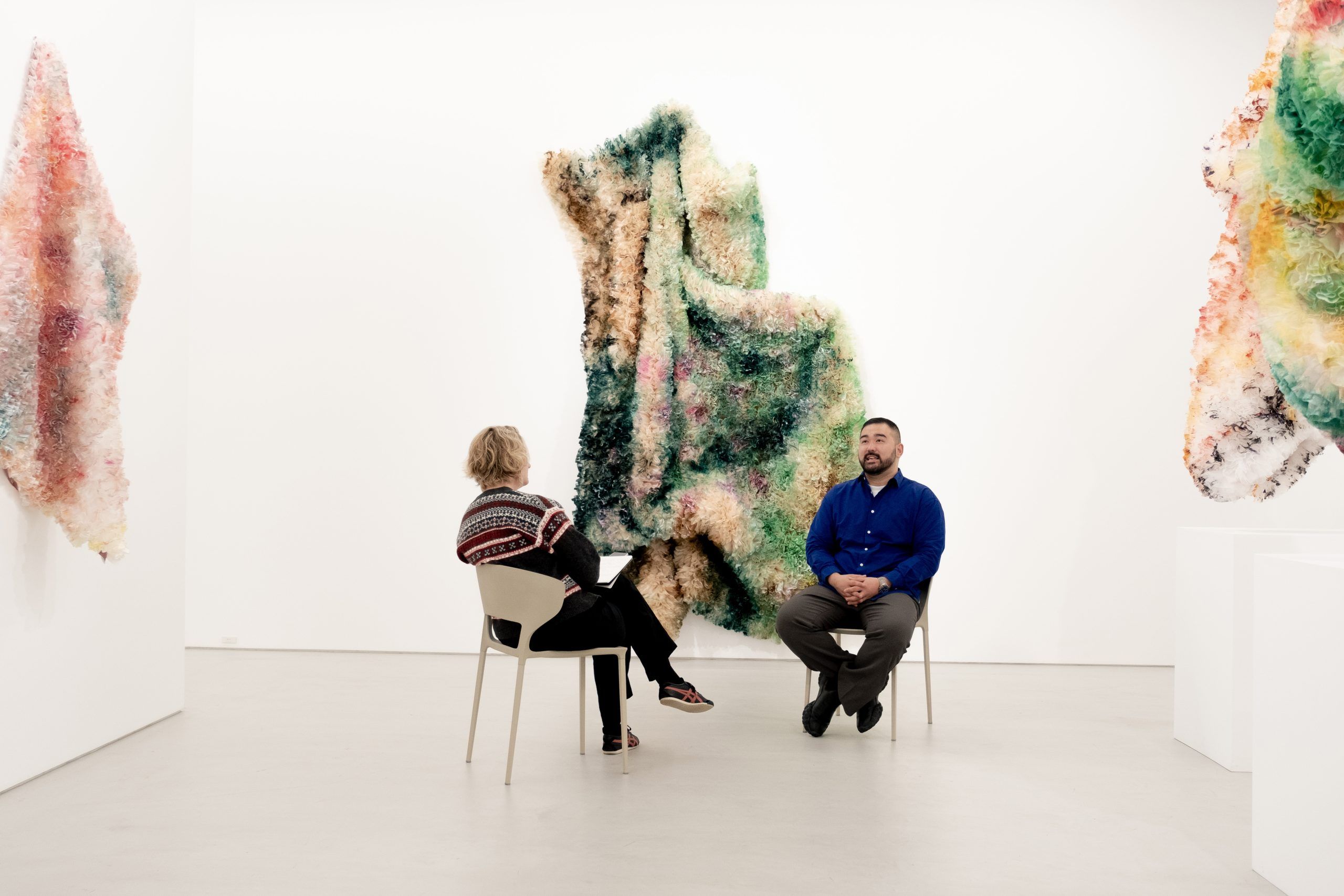
This wasn’t always the case, however. When he first launched his brand, Koizumi sold his pieces at a small shop in Harajuku. The owner of the shop is known for supporting young designers in whom he sees potential, and he began carrying Koizumi’s works after seeing a dress that he made for a friend, who was snapped wearing it at a club in Tokyo’s gay nightlife district, Shinjuku Nichome. After Koizumi became more widely acclaimed, the shop moved on to the next generation of young, local creators.
These days, aside from his highly sought-after collaboration collections with major global brands, Koizumi only produces his fashion creations on a made-to-order basis. Each one is unique, and is conceptualised and completed after a consultation with the client. This has led to the creation of various high-profile pieces, such as the pouffy gown resembling rainbow-hued shaved ice that was worn by Japanese singer-songwriter Misia during the opening ceremony of The Tokyo 2020 Games, and Sam Smith’s voluminous pink coat dress that they wore in the music video for their song “I’m Not Here to Make Friends.” Hikaru Utada wore one of Koizumi’s pieces on an album cover, and Bjork has also performed in them.
The dress was the result of an unexpected, last-minute request that came via Misia’s management team. The company’s president reached out to Koizumi about a possible commission just two months before the opening ceremony was to take place.
“I had wanted to do something related to the Olympics, but hadn’t been approached about it until then. It was really last minute so I took one night to think about it, but of course in the end I agreed,” Koizumi said. “I wanted to do something that looked very Japanese, that had a harmony to it rather than just noisy colours. And it also had to be the kind of dress that has beauty even a child can understand, rather than just fashion people. It needed to have a ‘pure’ beauty to it. I made many versions, and the inspiration for the final one was a light prism.”
As for Koizumi’s future projects, he is taking a break from fashion shows and collaborations at the moment, although in October 2023 he did a major show in Singapore supported by MARINA BAY SANDS – his first in the country – during which he showed both archival pieces and new ones.
“Fashion is generally considered to be a product,” he said. “You make a lot of the same thing, and try to sell a lot. But my way of thinking is that it can also be something different. I love fashion exhibits at museums, and so I started thinking, ‘If fashion pieces can be owned by and displayed at the MET, then aren’t they art? What’s the difference between fashion and art? Nothing.’”
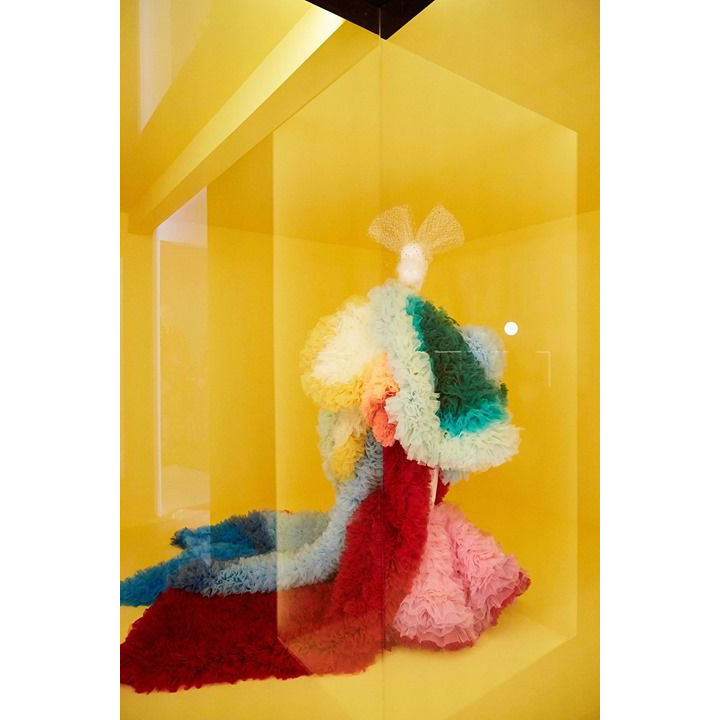
While the current exhibit in Tokyo is Koizumi’s first in the world of art, he hopes to do others, particularly one outside of Japan sometime in the next year or so. But this doesn’t mean that he has moved on from fashion completely.
“It suits me to straddle the worlds of art and fashion – it keeps my mind fresh. I could continue just doing fashion only, but I want new challenges, and this time it’s art,” he said.
Koizumi grew up in Chiba prefecture just east of Tokyo, and has lived in the Japanese capital for his entire adult life. He loves the city and can’t imagine himself being based anywhere else.
“Each area of Tokyo is different, and there is always unexpected inspiration everywhere you go. I have been to many places in the world, but Tokyo is really the best place for a creator like myself,” he said.
When not working, Koizumi spends his time shopping for fabrics in Nippori (Tokyo’s “fabric town”), where his favourite shop is Tomato. He’s been shopping there since he was a teenager, and he likes that he’s able to find materials there that aren’t sold anywhere else.
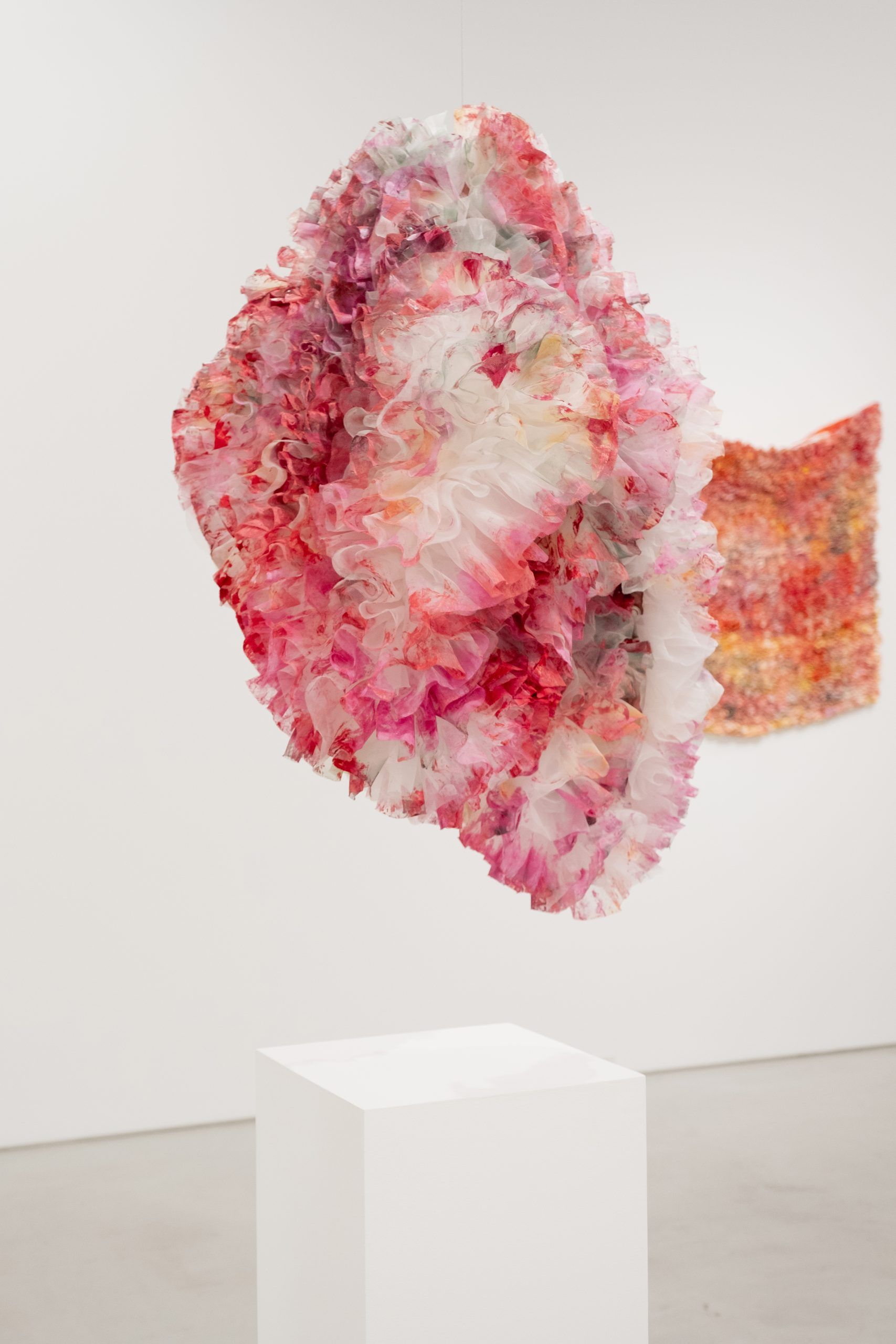
When he was a young designer just starting his brand, Koizumi used to comb fabric stores for small off cuts of fabrics that he liked, since they were inexpensive. This is how he ended up with his colourful, patchwork-style aesthetic, which also has the happy side effect of being better for the environment. Another element of sustainability that he employs is his made-to-order system. He doesn’t keep stock of his pieces, so there is no waste with unsold items.
In his free time, Koizumi also likes to troll the used book stores of Jimbocho, particularly one called KOMIYAMA TOKYO, where he recently picked up an original framed print by one of his favourite manga artists. He finds inspiration from the exhibits that are held at the galleries of the TERRADA ART COMPLEX II, and on weekend nights he likes to hang out at the bar EAGLE TOKYO BLUE in Shinjuku Nichome, which he says he likes because he knows the staff and everyone is welcome there.
“As a queer person, it has always just been natural to me to support the LGBTQ+ community,” Koizumi said. He often hires transgender models for his shows and campaigns. “When I started becoming well known enough that I could make some of my own decisions, of course I wanted to provide a little bit of the support to the queer community that I didn’t have when I was younger.”
Koizumi also supports young designers, mentoring students from fashion schools in Tokyo. To many he may still be considered a young designer himself, and yet he is already forging a path for himself as a leader and trailblazer in the industry.
Sponsored by Tokyo Convention & Visitors Bureau, the organisation behind Tokyo’s official luxury travel guide, TOKYO Timeless Temptations.
